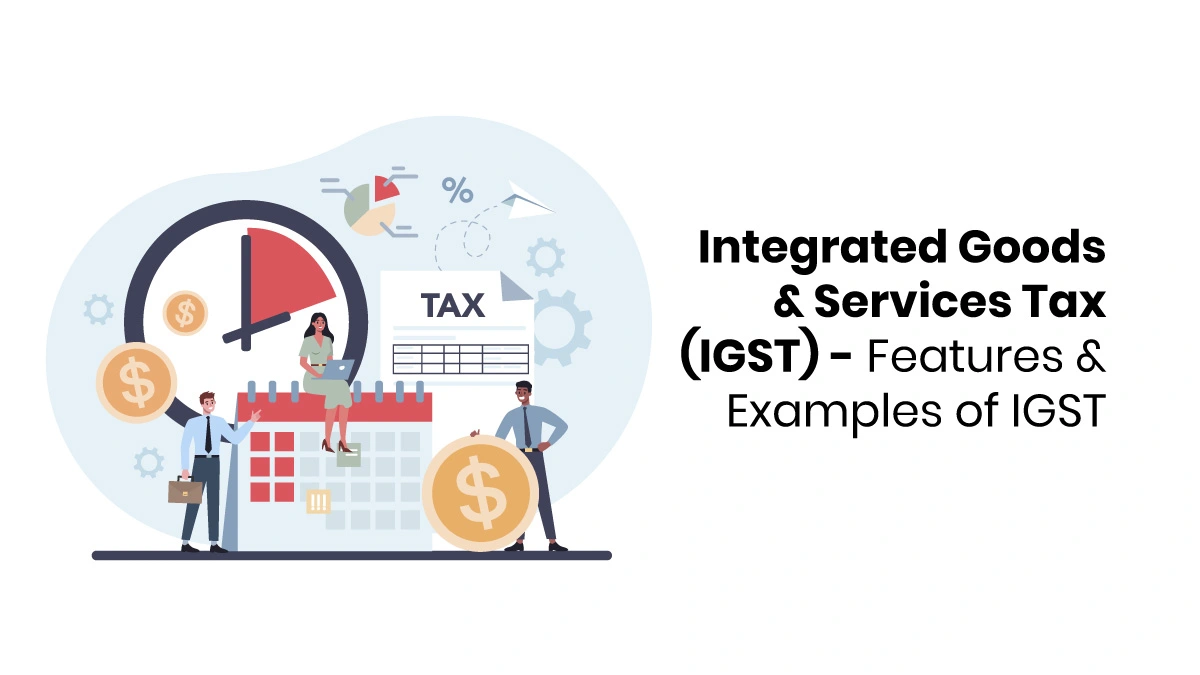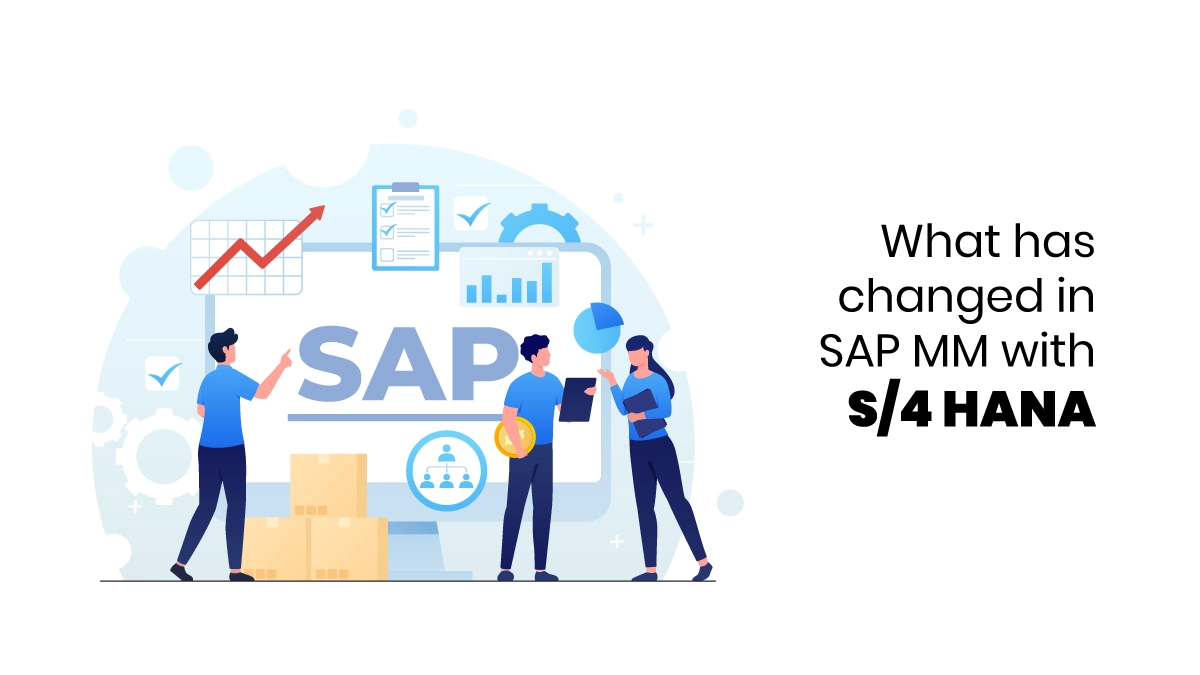Managing a company’s finances can be tricky, but the General Ledger Reconciliation helps simplify it. It’s the central record where all financial transactions are logged, giving a clear view of the business’s financial status. This ledger accounts tracks and records everything, which helps in making informed decisions and planning strategies.
What Is a General Ledger?
A general ledger is a company’s main record book. It keeps track of all financial transactions in different accounts, such as assets, debts, income, and expenses. The general ledger shows a clear picture of the company’s financial health. It helps keep things accurate and transparent and is essential for making financial reports and managing money well.
Best Practices for General Ledger Reconciliation
Here are some of the accounting ledger best practices are given below;
Use Automation Tools
Many businesses use automation tools to simplify accounting, especially for reconciling general ledgers. These tools help reduce mistakes and improve cash flow by providing real-time updates and alerts.
Focus on Risky Accounts
Pay extra attention to high-risk accounts on your balance sheet, like large cash balances or many credit card transactions. Prioritize these accounts to reduce mistakes and keep accounting smooth.
Complete and Document Reconciliations Thoroughly
Ensure every account, including cash or outstanding balances, is fully reconciled and documented. This includes accounts affected by late payments, which can impact your cash flow. Regularly update your reconciliation policy to keep up with changes in your finance department or legal structure.

Ensure Reconciliation Accuracy
Accurate reconciliations are essential for sound internal control and transparent financial information. Please pay special attention to unusual account balances, like those affected by customer rebates or credit adjustments, and make sure they match the latest figures. This ledger account ensures that your financial data is correct.
Review and Improve Reconciliation Processes
As your business grows and transactions increase, it is important to review and improve your reconciliation methods regularly. Automation tools can help manage larger workloads and keep your financial records accurate and current.
Complete Reconciliations on Time
Finish and review reconciliations promptly. This is especially important for accounts with many transactions or those that are prone to errors, like accounts payable. Set deadlines and tracking systems for each reconciliation, focusing on high-risk areas first.
Follow Accounting Rules
Make sure your reconciliations follow accounting rules and local laws. They should be accurate, align with methods like the direct method for cash flow statements, and ensure full disclosure in your records.
Track Key Performance Indicators (KPIs)
Monitor KPIs such as timely reconciliations and the quality of financial closings. This helps identify gaps and improve efficiency in approval processes or payment handling.
Standardize the Reconciliation Process
Consistency in the reconciliation process reduces mistakes and facilitates training new employees. Regularly check these processes to find ways to improve or use automation, especially for handling large amounts of data or complex transactions.
Using these ledger account practices, including automation tools and following good financial management rules, can significantly improve the efficiency and reliability of your general ledger reconciliation.
Some Practices for Accuracy and Fraud Prevention
- Automation helps spot mistakes early and balances accounts, reducing errors and saving time.
- Focus on reviewing accounts that are more likely to have errors.
- Make sure each transaction is checked and documented correctly.
- Regularly review and improve your reconciliation methods to keep things accurate.
- Finish and review reconciliations quickly to keep financial records accurate.
- Make sure your reconciliation methods follow established accounting rules.
- Use key performance indicators (KPIs) to check how well your reconciliations work and find improvement areas.
- Apply a consistent method for reconciliations to make it easier to spot errors.
- Review and adjust your reconciliation policies to fit your startup’s changing needs and goals.
Common Mistakes
Here are common mistakes in creating compelling ledger accounts, presented as simple points:
- Using different formats for ledger entries can be confusing.
- Forgetting to record some transactions leads to errors.
- Putting transactions in the right accounts results in inaccurate reports.
- Adding more details makes entries easier to understand.
- Not updating the ledger regularly can make the information outdated.
- Not reconciling the ledger with bank statements can leave errors unresolved.
To know more about reading a ledger account, check out Finprov’s excellent programs to acquire more knowledge in the accounting sector. We offer accounting Professional courses covering topics like CBAT, PGBAT, Income Tax, the Gulf Analyst Program, and more. Our courses cater to different career stages.
Our job-oriented accounting courses provide practical training so you can gain skills you can use right away. At Finprov, we go beyond the basics to set you up for success. Our job-focused courses and job support will help you find great opportunities. We’re here to help you build a brighter future with better skills and more opportunities.










